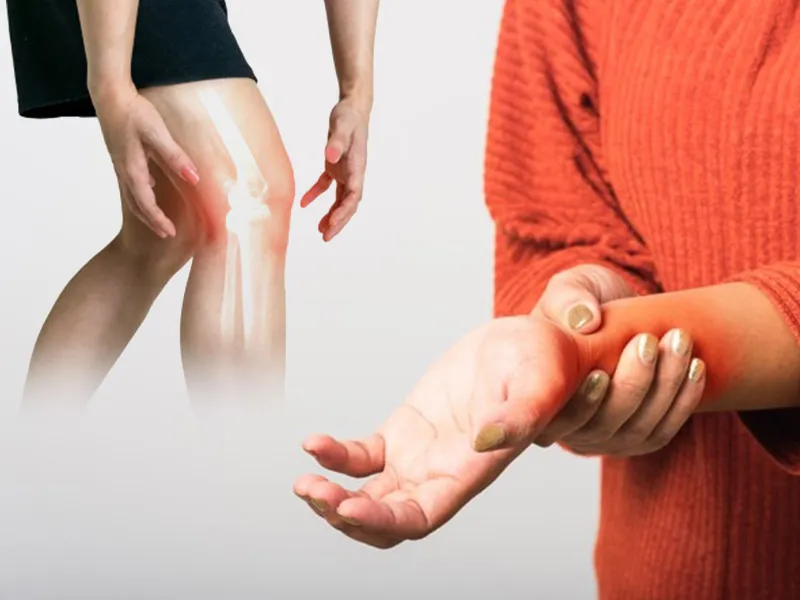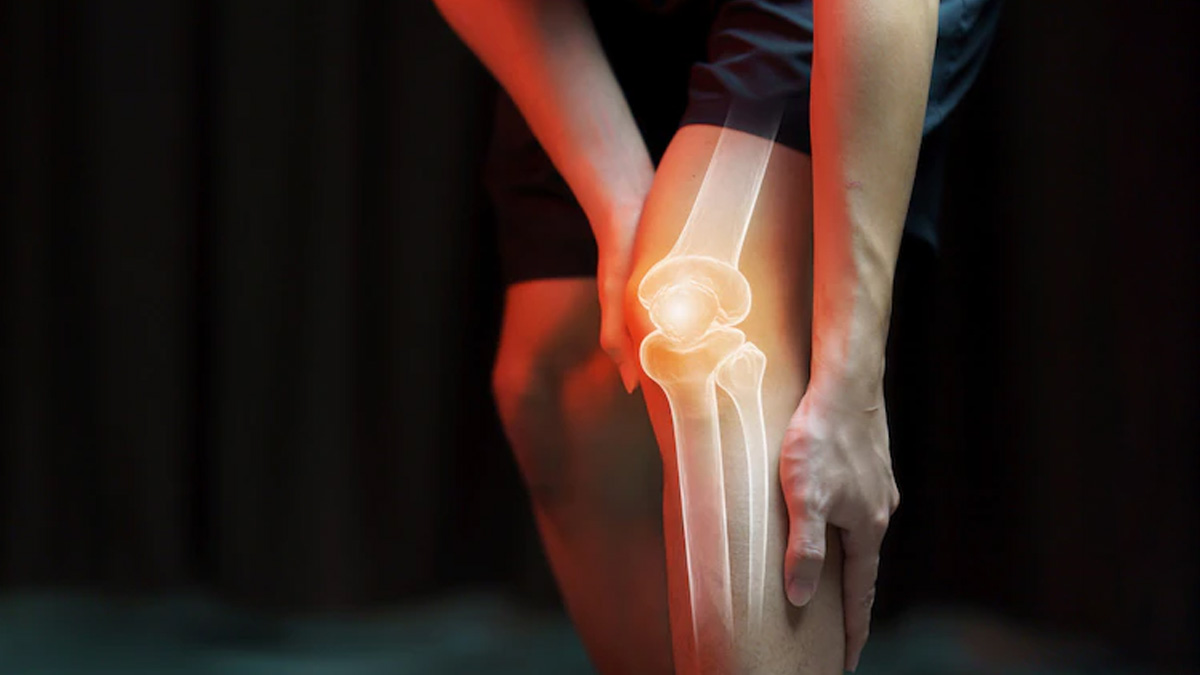
As the mercury dips, a familiar struggle rises for millions worldwide: joint pain and arthritis. The chill of winter often intensifies discomfort, leading to an uptick in doctor visits and aching days for those affected. But why does this happen, and how can you manage and even prevent the seasonal surge in symptoms? We asked the same to our expert, Dr Shrey Kumar Srivastav, Senior Consultant, Sharda Hospital - Noida. Here’s what you need to know.
Table of Content:-
Why Cold Weather Affects Joint Health
“Cold weather doesn’t directly damage joints, but it can exacerbate existing conditions like osteoarthritis, rheumatoid arthritis, and other joint disorders,” Dr Srivastav explained. Several factors contribute to this including:
1. Barometric Pressure Drops
Changes in atmospheric pressure can cause tissues to expand slightly, increasing pressure on joints and resulting in pain.

2. Reduced Blood Flow
Cold weather constricts blood vessels, leading to reduced blood flow to extremities, which may increase stiffness and discomfort.
Also Read: Could Your Hand Symptoms Be More Than Just an Issue? 10 Conditions to Know About
3. Decreased Activity Levels
People tend to move less in colder months, leading to stiffened joints and weakened muscles that can’t support the joints effectively.
4. Weather Sensitivity
Some individuals with arthritis are more sensitive to weather changes, although the exact reason remains under study.
Prevention And Management Tips
It is when the pain hits, that you realise that you should have done something. Hence, prevention is very crucial. Here are some expert-approved tips you may want to follow:
1. Stay Warm
Keeping your body warm is essential to reducing joint pain. Dress in layers and use warm clothing that covers joints like gloves, scarves, and knee sleeves. Consider heating pads or warm baths to ease stiffness and improve blood flow.

2. Keep Moving
While it may be tempting to stay cosy under a blanket, inactivity can worsen joint pain. Engage in low-impact exercises like yoga, walking, or swimming to keep joints lubricated and muscles strong. Warm up before any physical activity to prepare your joints for movement.
Also Read: Why Does A Change In Temperature Cause Joint Pain? Doctor Explains
3. Maintain a Healthy Weight
Extra weight places additional strain on joints, particularly the knees, hips, and spine. Opt for a balanced diet rich in anti-inflammatory foods like omega-3 fatty acids (found in salmon, walnuts, and flaxseeds), fruits, and vegetables. Stay hydrated to keep cartilage healthy.
4. Use Supportive Gear
Consider using joint supports or braces to alleviate stress on affected areas. Proper footwear with arch support is also crucial to minimise joint strain.
5. Mind Your Posture
Poor posture can exacerbate joint pain. Practise sitting and standing in ways that evenly distribute weight. Use ergonomic furniture and tools to support your daily activities.
6. Seek Medical Advice
For persistent or worsening symptoms, consult a healthcare professional. They might recommend:
- Over-the-counter pain relievers or prescribed medications.
- Physical therapy to strengthen muscles and improve joint function.
- Injections or other medical interventions for severe cases.
Bottomline
Winter doesn’t have to mean months of misery for those with arthritis or joint pain. With proactive care, a focus on movement, and appropriate medical support, you can minimise discomfort and enjoy the colder months. Remember, small steps count in protecting your joints and helping to improve your quality of life.
Also watch this video
Read Next
Mental Health Matters: Expert Explains Challenges During Fatherhood And How To Find The Solutions
How we keep this article up to date:
We work with experts and keep a close eye on the latest in health and wellness. Whenever there is a new research or helpful information, we update our articles with accurate and useful advice.
Current Version